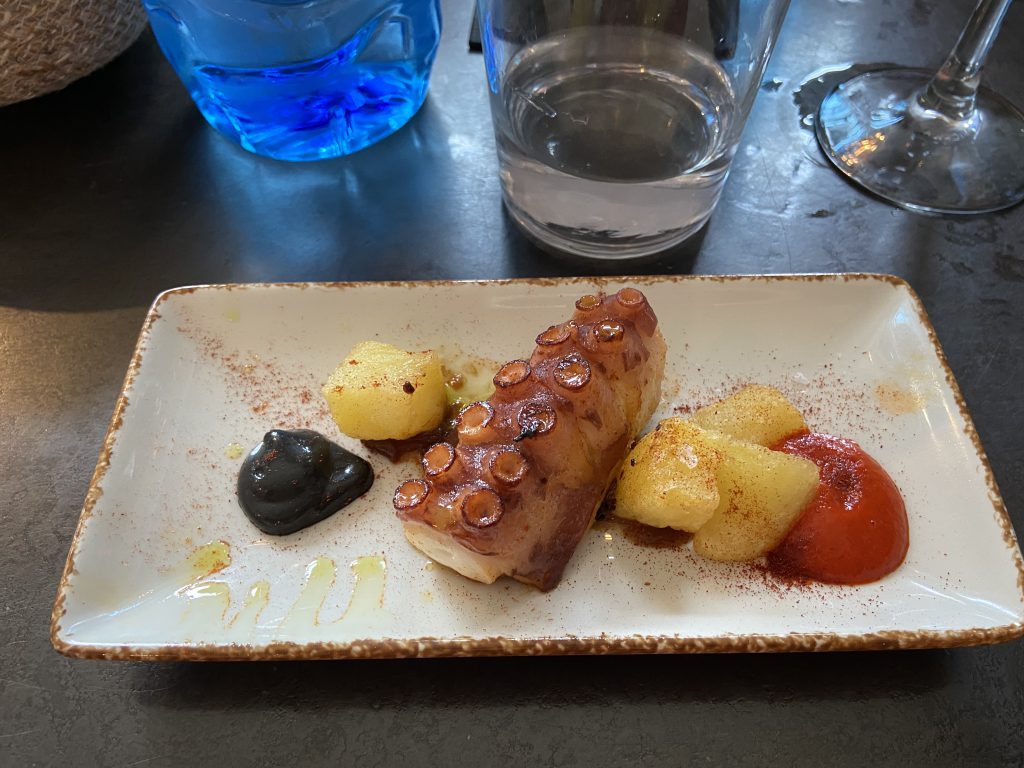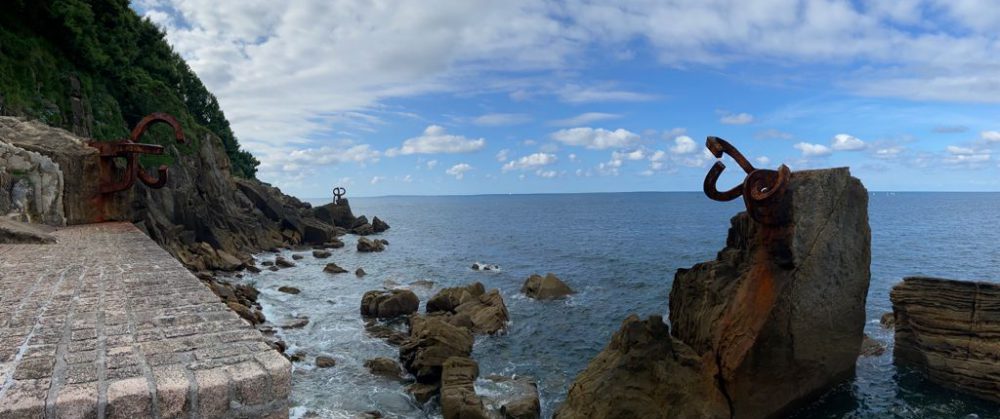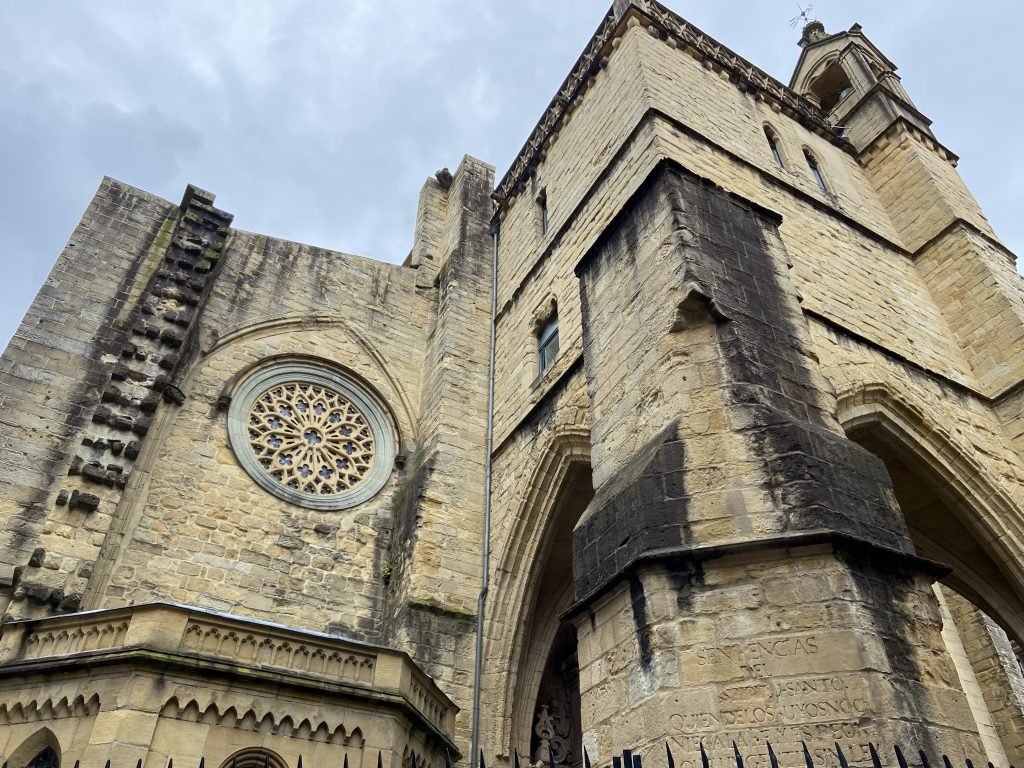By: Chloe Chanthompalit
As a student who 1) has never had any experience with the Spanish language, and 2) has never traveled outside of North America, suddenly being thrown into the world of Donostia, Spain is doubtlessly terrifying. Waiters and bartenders ask you questions that you don’t understand, so you just reply with the only word you know: “si.” Street signs are written in Spanish, so your only tool is a forever-loading Google Maps on your phone. You try to find a local bank to exchange your currency, but are unfamiliar with Siesta, a daily occurrence where all businesses close from 2pm – 4pm. Now you have no money and are lost.
However, you will find such beauty in the misadventures like I have on my first day in San Sebastián. Walking through the city, I first noticed how close it felt to home with small alleyways created by shops and restaurants clustered together. I couldn’t get enough of the fresh air, which subtly smelled like a floral perfume.
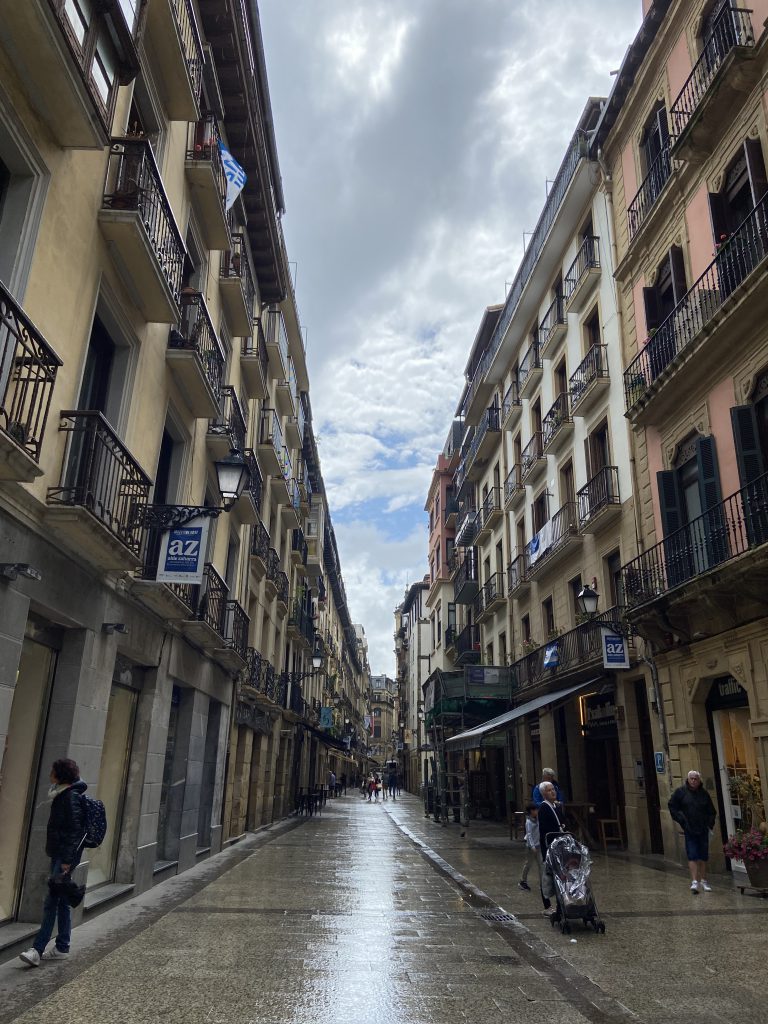
In a surprising contrast to this city-like feel, I found that the overall style of architecture had suddenly changed into a grander, more open place to walk. It’s almost like San Sebastián is made of two completely different societies; one with graffiti and the lingering smell of pastries, and the other with luxurious, ornate buildings and cars zooming by.
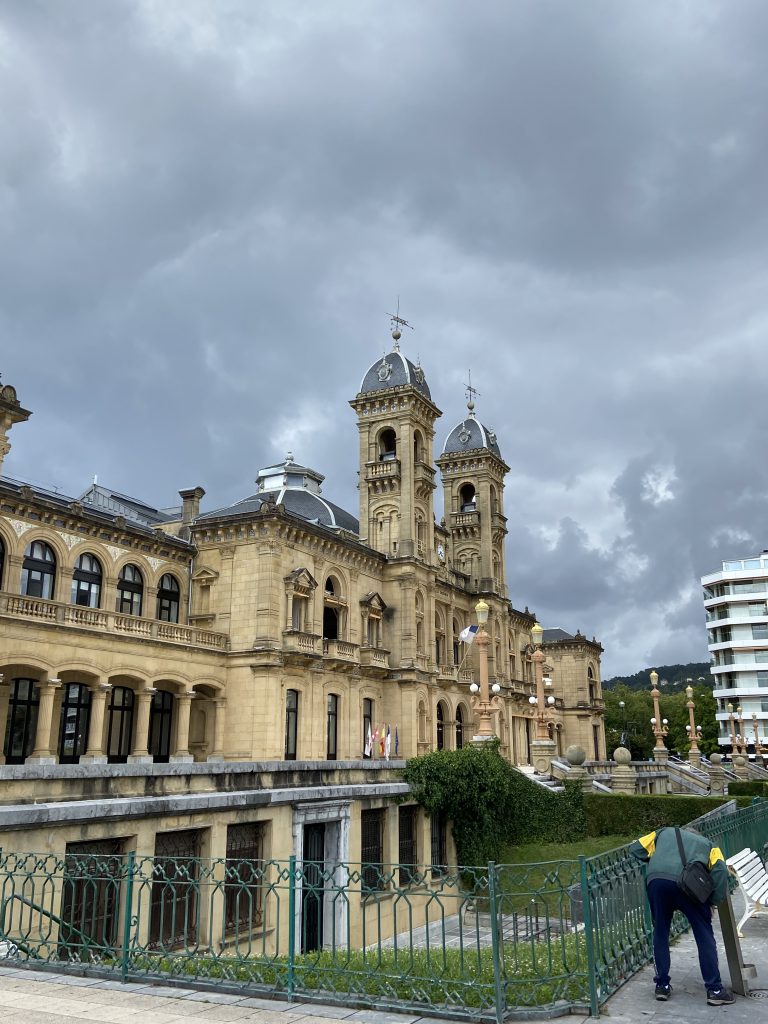
I then quickly learned that the Basque Country is very prideful in their history and origins. This is prominent in the architecture itself, where decisions were made to preserve certain buildings that were damaged and “unpretty.” More modern buildings, like that of Hotel Maria Cristina (a grand hotel that costs about 500 euro a night!) were named after or dedicated to historical figures that built the foundation of Basque society. This discovery was a peak of interest; in America, businesses typically forego the past in order to progress into a more modern society. As a result, certain aspects of historical knowledge are lost among generations. However, in San Sebastián, the environment tells its own captivating story. Bullet holes left in a wall are a reminder of the Spanish Civil War and the numerous political conflicts that the country had withstood. What’s left of a building that had caught on fire many years ago stands tall as a token of strength and perseverance of culture. The Basque people find beauty in the past, which in turn creates unity and a welcoming environment for those who want to learn more.
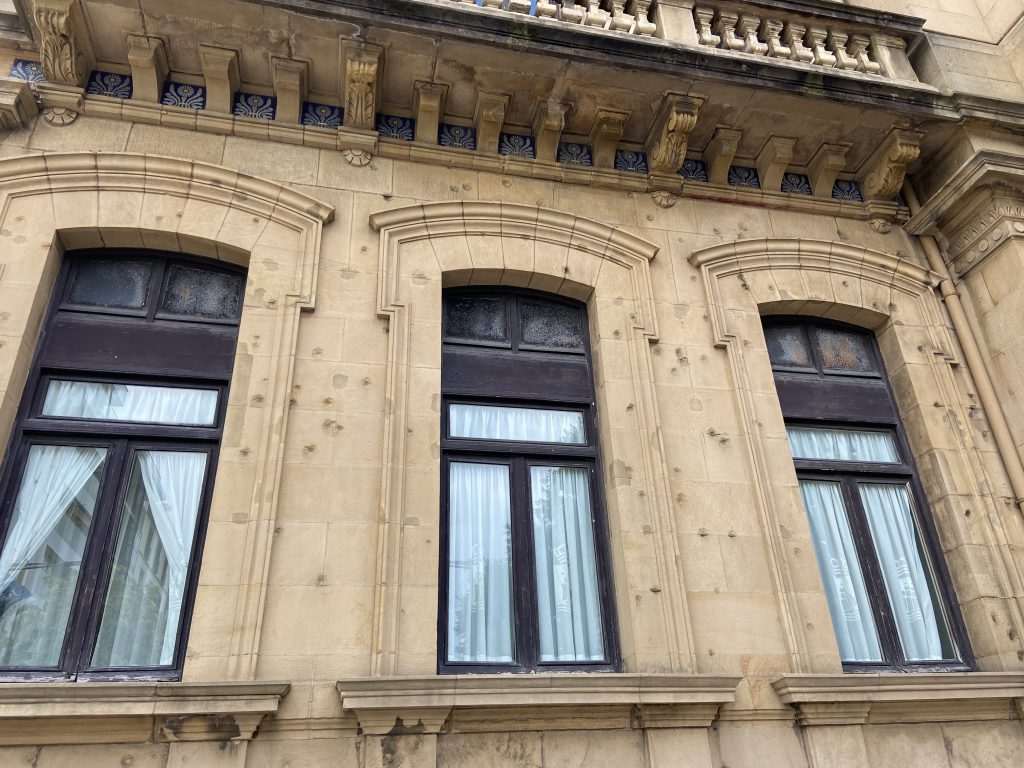
Traveling through San Sebastián, you will find adventure in the misadventures. The locals are kind and patient in helping visitors, and you will find yourself immersed into the culture whether you intended to or not. As time went by, I found myself using Spanish words that I had picked up to order drinks, as well as engulfed in the spectacular cuisine. I definitely agree that any aspect of the city is an unforgettable experience, especially if you order pintxos!
